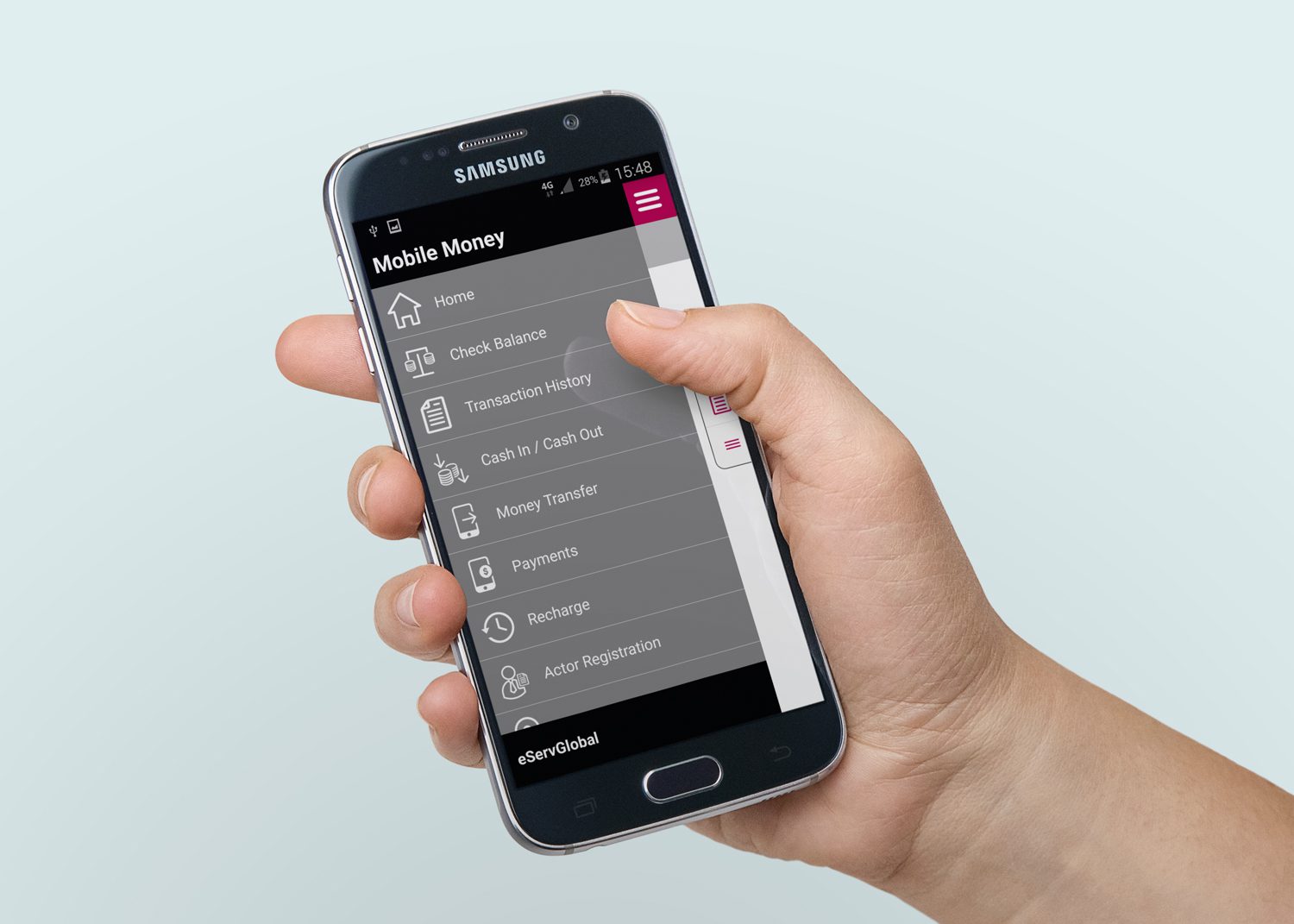Mobile money is an electronic wallet service that allows users to store, transmit, and receive money via their mobile device while remaining compliant with financial regulations. A digital wallet is a virtual wallet that maintains all of its contents in a digitized format, making payments and other financial activities simple. It can hold coupons, loyalty points, value and membership cards, and other items in addition to money. It supports financial services such as payments, money transfers, and purchasing products and services with a mobile device.
Mobile money is a relatively new concept: it was hardly known a decade ago. Despite this, it has changed the face of financial inclusion, spreading quickly in new and emerging markets and “leapingfrogging” the supply of traditional banking services. The poor are particularly vulnerable to danger (e.g., from illness, unemployment, death of family members, or natural disasters). Diversifying risk can be achieved by increasing financial inclusion of the unbanked urban and rural poor, which is an aim of the G20 group of countries. The goal of financial inclusion policy has been to increase access to formal banking services, but cost and market failure issues have stymied progress.
The new technology aids in the resolution of issues such as inadequate institutional infrastructure and traditional banking’s cost structure. The commercial viability of financial institutions in underdeveloped nations is hampered by their small size, volatility, informality, and inadequate governance. The poor, for the most part, cannot afford the minimum balance requirements and monthly fees associated with traditional bank accounts. Consumers invest in a mobile phone handset, and the (scalable) infrastructure for widespread distribution of airtime through secure network channels is already in place. Underserved citizens obtain a secure means of transfer and payment at a lesser cost, as well as a safe and private storage of funds, by using mobile money. Mobile money has changed the economics of small accounts by filling a need.
Request a Free Sample for Mobile Money Market Report
Big Players In The Mobile Money Market and the Covid-19 Pandemic
According to Reports and Data, Mobile Money market size is expected to reach USD 143.2 Billion by 2026, registering a CAGR of 36.4% during the forecast period. In the mobile money market wars, Apple Pay, Samsung Pay, and Google Pay emerged victorious. Although mobile money is handy, the volume of transactions with it was initially low. It wasn’t until 2019 when Apple Pay overtook Starbucks in terms of annual payment volume that these platforms received any kind of recognition. Before that card swipes, or rather dips, were not so convenient, users lacked a compelling reason to pay with their phones, and mobile, outside of Starbucks and a few other retailer-specific applications, failed to offer appealing benefits.
The Covid-19 pandemic, however, changed everything. People were less enthused about paying with cash and/or wiping down their cards with hand sanitizer, hence contactless payments were becoming more popular. Merchants were suddenly promoting customers to use mobile’s contactless payment options. During the epidemic, 69 percent of shops saw a spike in contactless payments, and 94 percent expect that trend to continue over the next 18 months. As mobile become the favored technique for the times, in-store or proximity mobile payments climbed by 29% in 2020. More than 92 million Americans completed at least one mobile payment during a six-month period in 2020. The average mobile payments user is expected to spend USD 1,670 in 2021.
Mobile Money’s Benefits Or Advantages
The following are some of the advantages of using Mobile Money:
- Money can be sent practically anyplace with mobile money, even if there are no banks nearby. In remote locations, this improves accessibility.
- It facilitates cashless transactions, reducing reliance on cash and allowing transaction records to be tracked. This improves financial security and lowers the hazards associated with cash handling, such as loss, theft, and fraud.
- In comparison to using a credit card, mobile money provides reduced transaction fees and better security.
- Customers no longer need to use middlemen for money transactions. As a result, it improves transparency.
- It eliminates the need to travel vast distances to send/receive money or pay bills by avoiding huge lines. Customers will appreciate the convenience.
- Online purchases of goods and services have gotten simpler, with more alternatives based on price and feature selection.
- People who are geographically unavailable and/or have a very low income can use the mobile money system.
- Most basic mobile phones can be used to access mobile money platforms, which have low transaction fees.
- They are dispersed through a large network of agents that provide one-on-one contact and training to those who are new to mobile money technology.
Mobile Money’s Drawbacks Or Downsides
The following are some of Mobile Money’s problems or disadvantages:
- Customers must acquire compliance from reputable financial institutions.
- Lack of network compatibility limits reach and makes transactions more difficult.
- Adoption of mobile money usually necessitates the participation of multiple parties (viz. agents, governments, corporations etc.). In order to have a successful mobile money platform, there must be trust between these parties.
- People’s ignorance and illiteracy must be reduced in order for the system to gain widespread acceptance.
- It necessitates the installation of an app, which is not available on all mobile phones. This necessitates the use of smart phones.
- It is not a good idea to give out passwords or other personal information to everyone. Failure to do so will result in a scam or theft.
Request for Customization- https://www.reportsanddata.com/request-customization-form/1113
Conclusively, all aspects of the Mobile Money market are quantitatively as well qualitatively assessed to study the global as well as regional market comparatively. This market study presents critical information and factual data about the market providing an overall statistical study of this market on the basis of market drivers, limitations and its future prospects.



































